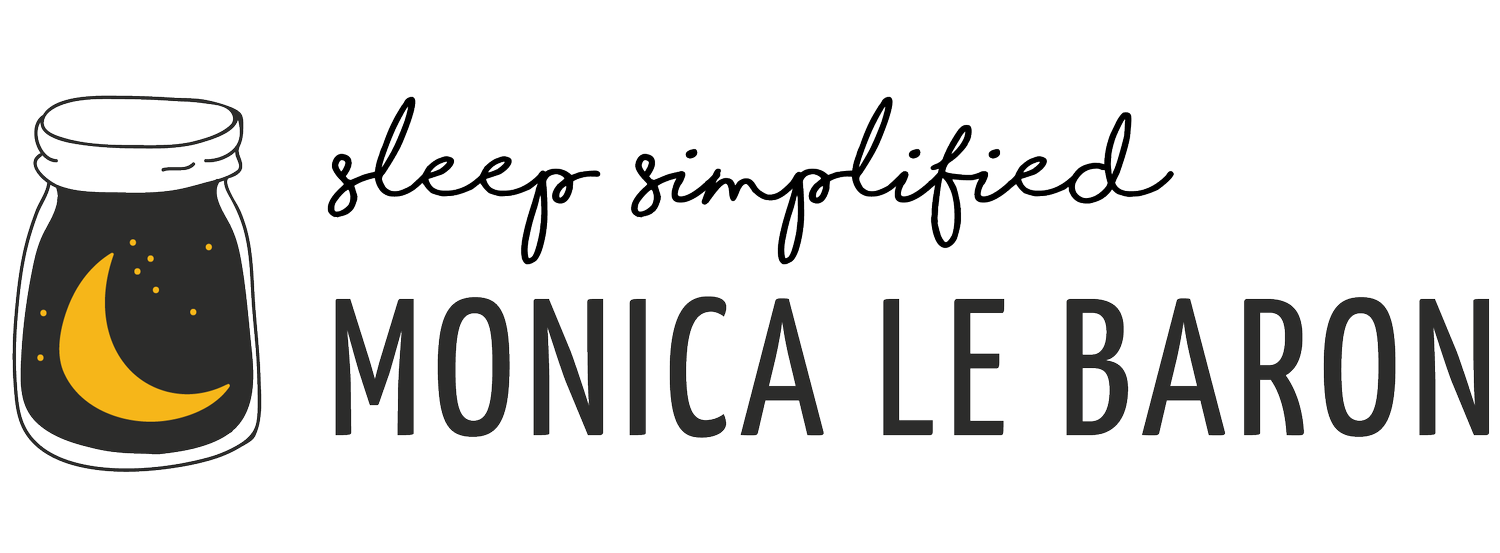The Biggest Problem in Communication
Photo by Miryam León
A few weeks ago I ended up exhausted after playing hide-and-seek with my nephews, cousins and niece, Abby. I love kids’ ingenuity and innocence, and creating fun memories with them. It was fun, but, at the same time, I was drained.
This experience got me thinking about all the games I played in my childhood: la roña (tag), musical chairs, card games and, of course, el teléfono descompuesto, or Chinese whispers.
As a polyglot, and as part of a huge bilingual family, I still find myself consciously and unconsciously caught up in the adult version of the game of telephone, with all its variants, and not exactly for entertainment purposes.
But who doesn’t?
Crucial conversations
Ron McMillan, Kerry Patterson, Joseph Grenny and Al Switzler created a wonderful book: “Crucial Conversations: Tools for Talking When Stakes Are High.” Tools are made available to prepare the reader for high-stakes situations, to transform anger and hurt feelings into powerful dialogue and to make it safe to talk about almost anything.
This was the first book I read when I decided I wanted to be a better listener and improve my relationship skills. What shocked me about this book was a basic lesson that I had learned as a kid but never really applied:
“When we face crucial conversations we can do one of three things:
- We can avoid them.
- We can face them and handle them poorly.
- We can face them and handle them well.”
It’s not only presidents and prime ministers who handle crucial conversations. We all do it every day. We all have crucial conversations where “opinions vary, stakes are high and emotions run strong.” Why not face them and handle them well?
Nonviolent communication
I must confess that I keep recommending Marshall Rosenberg’s book, “Nonviolent Communication: A Language of Life,” without having read it. I know for a fact that entrepreneur Marie Forleo gives a copy to every new team member, and many other business coaches see it as their bread and butter.
In my defense, I did listen to a three-hour lecture that Rosenberg gave on the basics of nonviolent communication.
My takeaways?
Some of the ways we can communicate violently include judging others, blaming, finger pointing, not listening, criticizing others or ourselves, name calling, reacting when angry and being defensive.
I also learned that people, in general, are telling you two things: please and thank you. And they are trying to communicate this in their own unique way. This lesson was eye-opening. After learning it, I was able to connect more emphatically and not react in ways that result in hurt or harm as before.
The ‘Dance of Anger’
Harriet Lerner’s “The Dance of Anger: A Woman's Guide to Changing the Patterns of Intimate Relationships” was recommended to me by one of my Swedish knitting besties right before I crossed the Atlantic Ocean to move to El Paso, Texas.
Lerner teaches both women and men to identify the true sources of anger and to use them as vehicles to create lasting change.
The lesson from the book that most resonated with me was Lerner’s observation that “your opinion and advice are very important when people ask for it.” This was key for me to re-learn how to communicate with my family after years of living abroad.
What people actually understand
According to playwright George Bernard Shaw, “The single biggest problem in communication is the illusion that it has taken place.”
This is because what we can put into words and what we say to others, versus what people actually understand, is never the same. Hence the importance of learning and practicing to communicate well.
Now, it’s your turn. What books or tools have helped you improve your interpersonal communication skills? Share in the comments below.
* Disclaimer: No content on this post or site, regardless of date, should ever be used as a substitute for direct medical advice from your doctor or other qualified clinicians.
NOTE: This content was originally written for the northamericanproject.com

